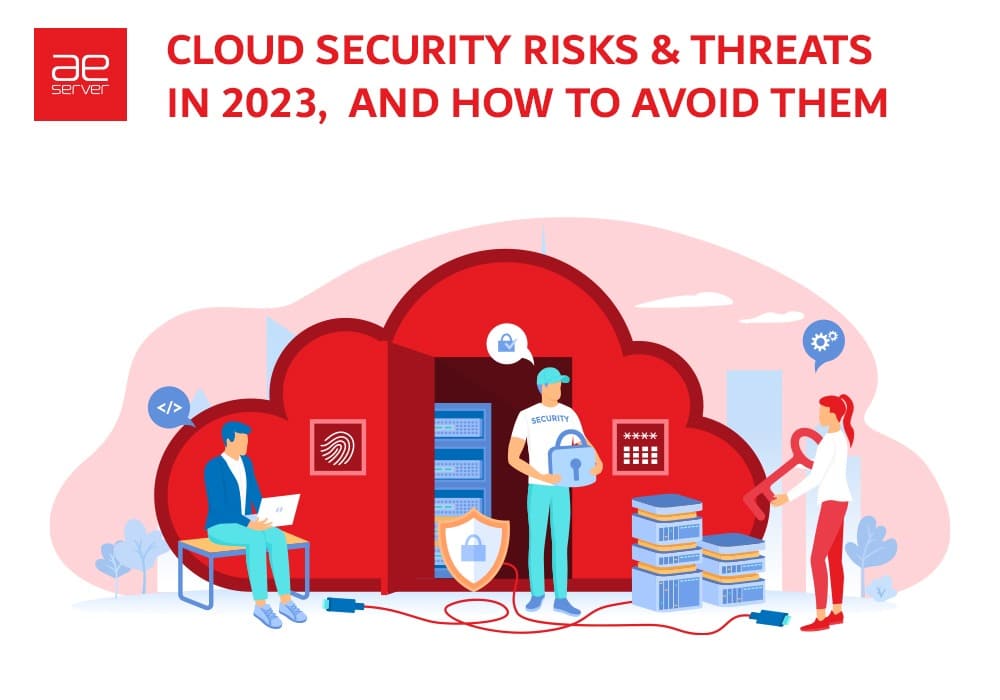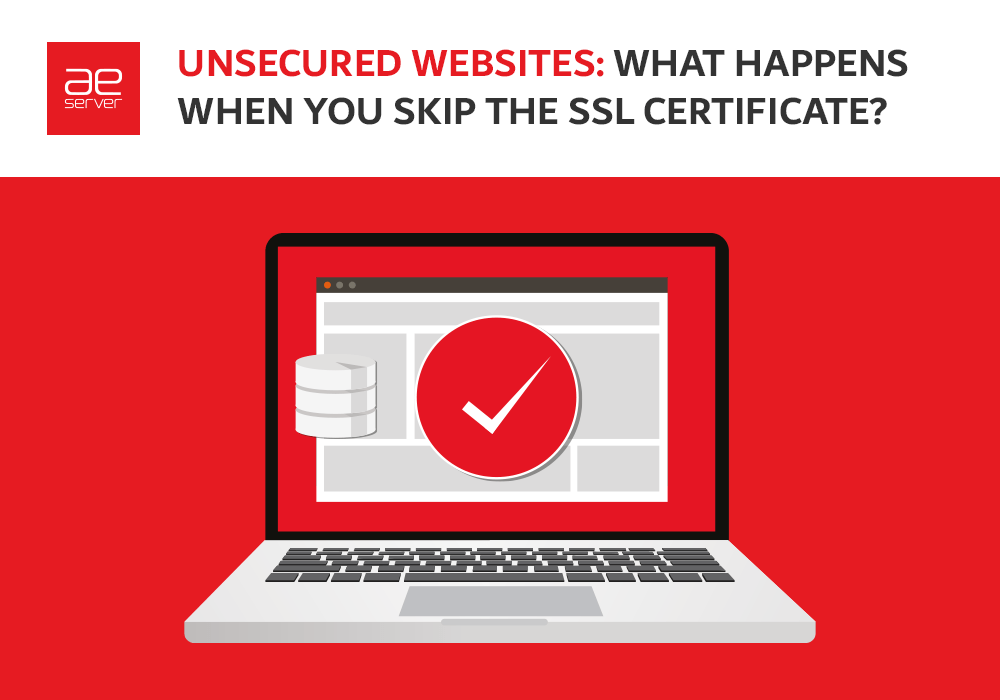
Cloud and Cybersecurity in Dubai, UAE: AEserver’s Perspective
As technology continues to power Dubai’s economic growth, the city’s reliance on cloud computing and robust cybersecurity measures has never been greater. By 2025, both government agencies and private organizations are leveraging digital platforms at a remarkable pace, opening new doors for innovation—and new avenues for cyber threats. AEserver is well-positioned to guide you through this complex environment, providing secure hosting and cloud services tailor-made for UAE-based operations.
1. Dubai’s Rapidly Shifting Digital Landscape
Dubai’s reputation as a global center for futuristic initiatives has led to significant technological adoption:
- Cloud-Centric Business Models: A large number of enterprises and government bodies now rely on cloud infrastructures to store and process data.
- Smart City Evolution: Dubai’s smart city projects, which hinge on data analytics and interconnected devices, underscore the importance of fortified cybersecurity frameworks.
- Thriving Entrepreneurial Scene: Startups view Dubai as an ecosystem that welcomes new ideas, with cloud solutions seen as a pathway to fast and scalable growth.
While these trends are fueling progress, they also bring forth vulnerabilities that hackers aim to exploit—reinforcing the need for dependable, secure hosting services.
2. Predominant Cyber Threats in 2025
In a landscape bustling with digital activities, a variety of threats loom large:
- Advanced Phishing & Social Engineering
Cybercriminals now craft highly personalized campaigns, luring users into divulging critical information or credentials. - Ransomware & Sophisticated Malware
Attackers use ransomware to lock down essential data, holding organizations hostage until a ransom is paid—often with devastating operational impacts. - DDoS Attacks
Surges of malicious traffic aimed at cloud platforms or websites can force downtime, making DDoS mitigation an essential safeguard. - Insider Risks
Internal breaches—either deliberate or accidental—can be equally damaging, highlighting the importance of internal access controls. - Supply Chain Weaknesses
As businesses outsource functions to third-party vendors, criminals look for weak security points in the vendor network to infiltrate their real targets.
3. Dubai’s Regulatory Environment
In response to growing cyber challenges, Dubai and the broader UAE have put in place stringent policies:
- Dubai Electronic Security Center (DESC): Oversees cybersecurity strategies and enforces standards across public and private sectors.
- National Cybersecurity Strategy: Seeks to establish a formidable cyber defense structure that encourages innovation.
- Industry-Specific Compliance: Sectors like finance and healthcare must adhere to stricter data governance rules, raising the bar for service providers.
Fulfilling these regulations is non-negotiable. Secure hosting solutions that meet these standards are crucial for businesses aiming to thrive without incurring regulatory penalties.
4. AEserver’s Secure Hosting and Cloud Solutions
At AEserver, we excel at delivering secure hosting and cloud services that align with Dubai’s regulatory framework and the high-security demands of 2025.
4.1 Built-In DDoS Protection
Across all our hosting options—shared, VPS/cloud servers, and dedicated—we embed DDoS defense measures at no extra charge. Real-time monitoring filters out malicious traffic, ensuring uninterrupted access for legitimate users.
4.2 Top-Tier Encryption & Firewalls
Our platform employs cutting-edge encryption for data in transit and at rest, along with intelligent firewalls that harness AI-driven insights to flag and block malicious activities before they impact your systems.
4.3 Local Data Centers
We operate our services from UAE-based data centers, giving your operations the advantage of data locality and minimized latency. These facilities adhere to rigorous security protocols and offer redundant power and connectivity.
4.4 Compliance-Focused Offerings
Our services are tailor-made to meet various compliance mandates, including those set by DESC. From detailed logging to role-based permissions, our infrastructure is designed to help you stay compliant with local and international norms.
4.5 Round-the-Clock Local Support
Our UAE-based support team is at your service 24/7 to assist with urgent issues or routine guidance, letting you concentrate on your core business functions.
5. The Increasing Importance of Cybersecurity
In a city that banks on seamless digital operations, a single cyber incident can have far-reaching effects:
- Business Disruption: Downtime directly correlates with revenue loss and undermines customer confidence.
- Financial Sanctions: Violations of cybersecurity and data protection requirements can lead to hefty fines.
- Brand Reputation: Data breaches erode consumer trust in a marketplace that increasingly demands stringent privacy safeguards.
- Competitive Setback: Organizations lacking robust cybersecurity measures can lose market share to more secure rivals.
6. Looking Ahead: 2025 and Beyond
As Dubai continues to adopt advanced technologies like AI, IoT, and blockchain, the challenge of cybersecurity will only grow more complex. Organizations must be proactive by implementing next-generation solutions and working with providers who grasp Dubai’s unique regulatory and market dynamics. At AEserver, our roadmap includes:
- Continuing to invest in innovative security technologies to thwart ever-changing threats.
- Collaborating with specialized cyber defense experts to offer holistic protection.
- Offering educational resources to help clients maintain strong cybersecurity practices within their teams.
- Expanding our portfolio to meet the evolving needs of Dubai’s ambitious digital initiatives.
7. AEserver’s Verdict
Dubai’s digital landscape in 2025 combines exciting opportunities with equally significant cyber threats. Success hinges on robust risk management, diligent regulatory compliance, and strong technology alliances. AEserver stands ready to empower your organization with secure hosting and cloud services that address these modern challenges. Whether your focus is regulatory alignment, data residency, or advanced threat mitigation, we offer tailored solutions engineered for Dubai’s dynamic environment.
Stay a step ahead in this ever-changing digital era. Contact AEserver to explore how our secure hosting and cloud offerings can help fortify your business against the cybersecurity challenges of 2025—and beyond.



